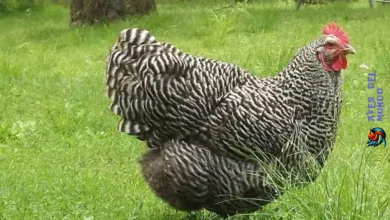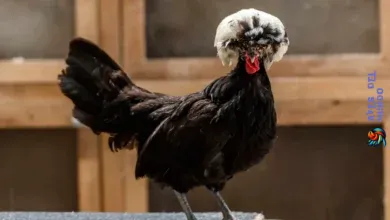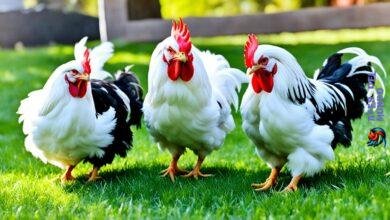Isa Brown Chicken: Comprehensive Care and Rearing Guide
The Isa Brown chicken, known for its exceptional egg-laying abilities and friendly nature, has become a favorite among backyard poultry enthusiasts and commercial farmers alike. In this comprehensive guide, we will delve into the history, characteristics, care requirements, and benefits of raising Isa Brown chickens.

Table of Contents
- Introduction to Isa Brown Chickens
- History and Origin
- Physical Characteristics
- Behavior and Temperament
- Egg Production
- Feeding and Nutrition
- Housing and Environment
- Health and Common Issues
- Breeding Isa Brown Chickens
- Benefits of Raising Isa Brown Chickens
- Frequently Asked Questions
- Conclusion
Introduction to Isa Brown Chickens
Isa Brown chickens are hybrid layers, selectively bred to maximize egg production. They are known for their remarkable ability to lay large numbers of eggs, often surpassing other breeds in efficiency and consistency. Their friendly and docile nature makes them an excellent choice for beginners and experienced poultry keepers alike.
History and Origin
The Isa Brown chicken was developed in the 1970s by the Institut de Sélection Animale (ISA) in France. The primary goal was to create a high-yield egg-laying breed that could meet the demands of commercial egg producers. By crossbreeding various strains of Rhode Island Reds and White Leghorns, ISA achieved a chicken that exhibited exceptional egg production, hardiness, and adaptability.
Development Timeline
| Year | Milestone |
|---|---|
| 1970s | Development of Isa Brown by ISA in France |
| 1980s | Introduction to commercial egg production |
| 1990s | Popularity grows among backyard keepers |
| 2000s | Recognition as one of the top laying breeds |
Physical Characteristics
Isa Brown chickens have a distinctive appearance that makes them easily recognizable. They are medium-sized birds with a robust build and a friendly expression.
Key Features
- Color: Reddish-brown feathers with lighter underbellies
- Weight: Hens typically weigh around 4-5 pounds, while roosters are slightly larger, weighing about 6-7 pounds
- Comb: Single comb, bright red
- Wattles and Earlobes: Red wattles and earlobes
- Legs: Yellow legs with four toes on each foot
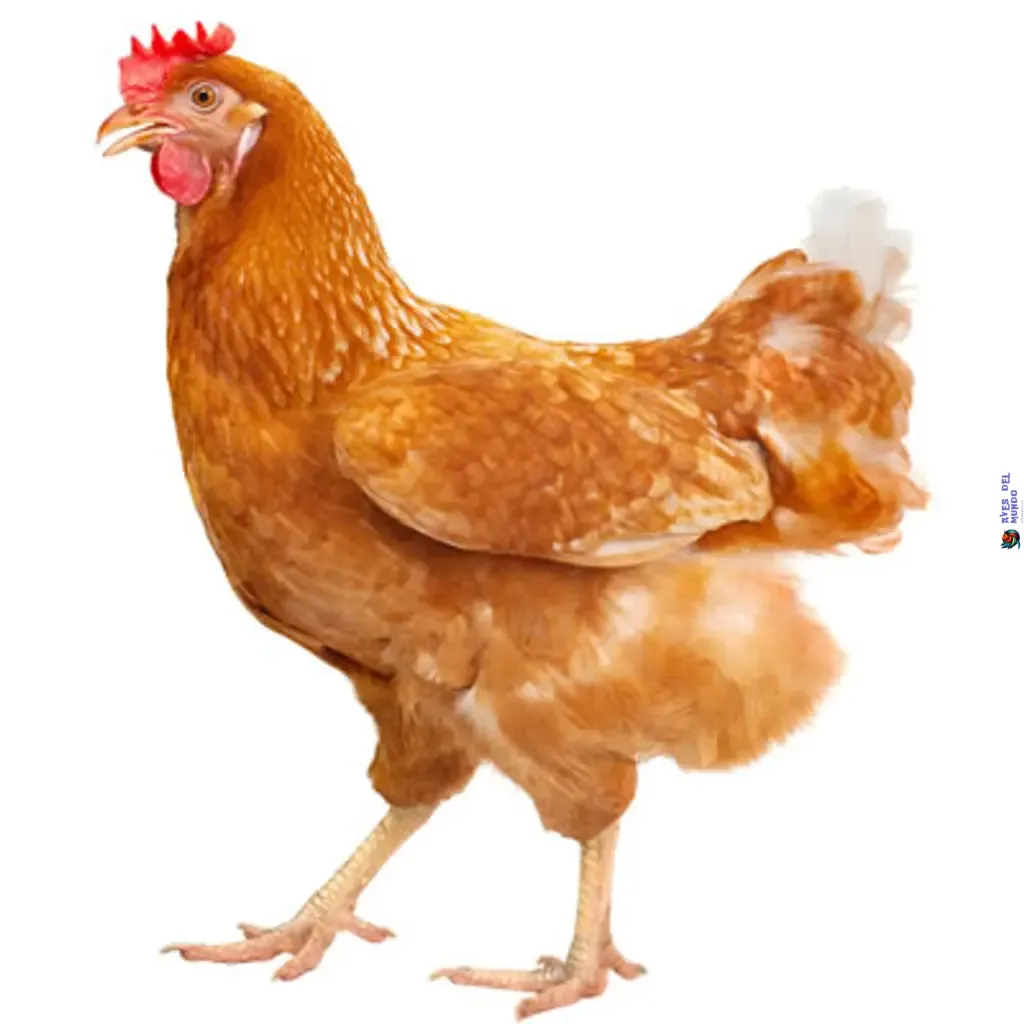
Behavior and Temperament
One of the most appealing aspects of Isa Brown chickens is their gentle and friendly temperament. They are known for being calm, curious, and easy to handle, making them a favorite among families with children.
Behavioral Traits
- Docile: Isa Browns are not aggressive and get along well with other chickens.
- Friendly: They enjoy human interaction and can become quite affectionate with regular handling.
- Active: These chickens are active foragers, enjoying free-range environments where they can explore and hunt for insects.
Egg Production
Isa Brown chickens are renowned for their prolific egg-laying capabilities. They start laying eggs at a relatively young age and continue to produce consistently throughout their lifespan.
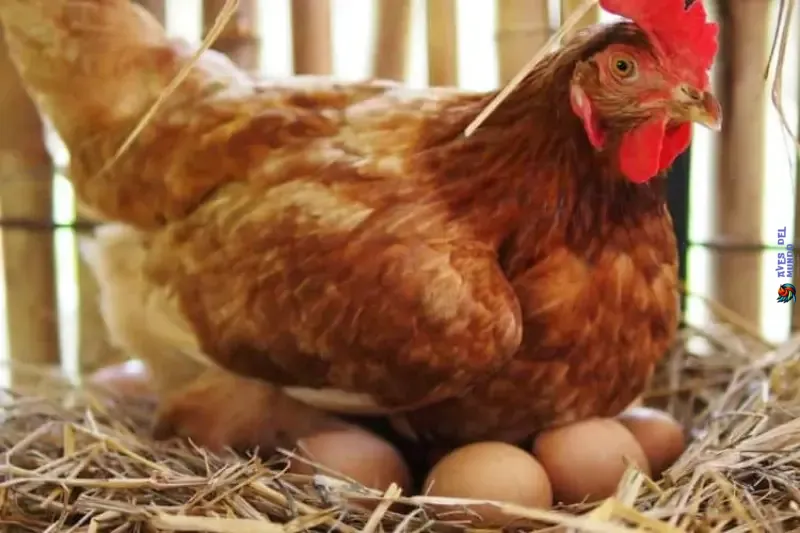
Egg Production Statistics
| Age (Weeks) | Egg Production (Per Year) | Egg Size | Egg Color |
|---|---|---|---|
| 18-20 | 300-320 | Large | Brown |
| 52 | 280-300 | Large | Brown |
| 104 | 250-270 | Large | Brown |
Feeding and Nutrition
Proper nutrition is crucial for maintaining the health and productivity of Isa Brown chickens. A balanced diet ensures optimal egg production and overall well-being.
Nutritional Requirements
- Protein: High-protein feed (16-18%) is essential for egg production.
- Calcium: Adequate calcium is necessary for strong eggshells. Oyster shells or crushed eggshells can be provided as a supplement.
- Vitamins and Minerals: A complete layer feed should contain essential vitamins and minerals to support overall health.
Feeding Schedule
- Chicks: Starter feed with 18-20% protein until 8 weeks old.
- Growers: Grower feed with 16-18% protein from 8 weeks to 18 weeks.
- Layers: Layer feed with 16-18% protein and added calcium from 18 weeks onwards.
Housing and Environment
Isa Brown chickens are adaptable to various housing conditions, but providing a comfortable and safe environment is essential for their health and productivity.
Housing Requirements
- Coop Size: A minimum of 4 square feet per chicken inside the coop.
- Run Size: At least 8-10 square feet per chicken in the outdoor run.
- Nesting Boxes: One nesting box for every 3-4 hens.
- Perches: Enough perching space for all chickens to roost comfortably.
Environmental Considerations
- Ventilation: Ensure good airflow in the coop to prevent respiratory issues.
- Lighting: Provide 14-16 hours of light per day to maintain egg production during shorter days.
- Cleanliness: Regularly clean the coop and nesting boxes to prevent disease.
Health and Common Issues
Isa Brown chickens are generally healthy and hardy, but like all poultry, they can be susceptible to certain health issues. Regular monitoring and preventive measures can help maintain their well-being.
Common Health Issues
- Parasites: External parasites like mites and lice can be a problem. Regular dust baths and checking for infestations are important.
- Respiratory Issues: Proper ventilation and cleanliness can help prevent respiratory infections.
- Egg Binding: Ensure adequate calcium intake to prevent egg binding.
Health Maintenance Tips
- Regular Health Checks: Inspect chickens regularly for signs of illness or injury.
- Vaccinations: Follow recommended vaccination schedules to prevent common diseases.
- Biosecurity: Limit exposure to wild birds and other potential sources of disease.
Breeding Isa Brown Chickens
Isa Brown chickens are hybrids, which means they do not breed true to type. Breeding them will not result in offspring with the same characteristics. For those interested in maintaining specific traits, it is best to acquire new stock from reputable breeders.
Breeding Considerations
- Hybrid Nature: Offspring from Isa Browns will exhibit varying traits and may not have the same egg-laying capabilities.
- Alternative Breeds: Consider breeding pure breeds like Rhode Island Reds or White Leghorns for more predictable results.
Benefits of Raising Isa Brown Chickens
Raising Isa Brown chickens offers numerous benefits, making them a popular choice among poultry keepers.
Key Benefits
- High Egg Production: Consistent and prolific egg layers, providing a steady supply of eggs.
- Friendly Nature: Their docile and friendly temperament makes them easy to handle and a joy to keep.
- Hardy and Adaptable: Isa Browns are resilient and can thrive in various environments.
- Low Maintenance: Easy to care for with minimal health issues compared to other breeds.
Frequently Asked Questions
How long do Isa Brown chickens live?
Isa Brown chickens typically live for 5-8 years, with peak egg production occurring in the first 2-3 years.
Can Isa Brown chickens be kept with other breeds?
Yes, Isa Brown chickens are docile and can be kept with other breeds. They generally get along well with different types of chickens.
What age do Isa Brown chickens start laying eggs?
Isa Brown chickens usually start laying eggs at around 18-20 weeks of age.
How many eggs do Isa Brown chickens lay per year?
Isa Brown chickens can lay between 300-320 eggs per year during their peak production period.

Isa Brown chickens are an exceptional breed, known for their remarkable egg production, friendly nature, and adaptability. Whether you are a backyard poultry enthusiast or a commercial egg producer, Isa Brown chickens offer numerous benefits that make them a worthwhile addition to any flock. By understanding their needs and providing proper care, you can enjoy the many rewards of raising these outstanding chickens.
This guide aims to provide a comprehensive overview of Isa Brown chickens, helping both novice and experienced poultry keepers to make informed decisions about raising this remarkable breed. By following the guidelines outlined above, you can ensure a healthy, productive, and enjoyable experience with your Isa Brown chickens.

